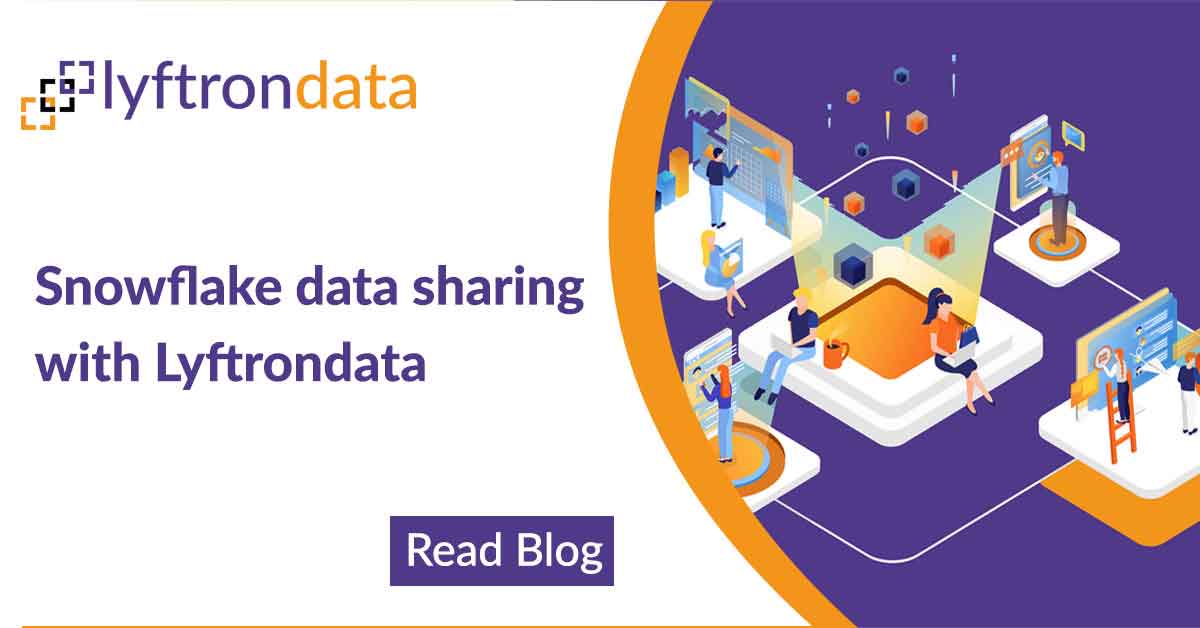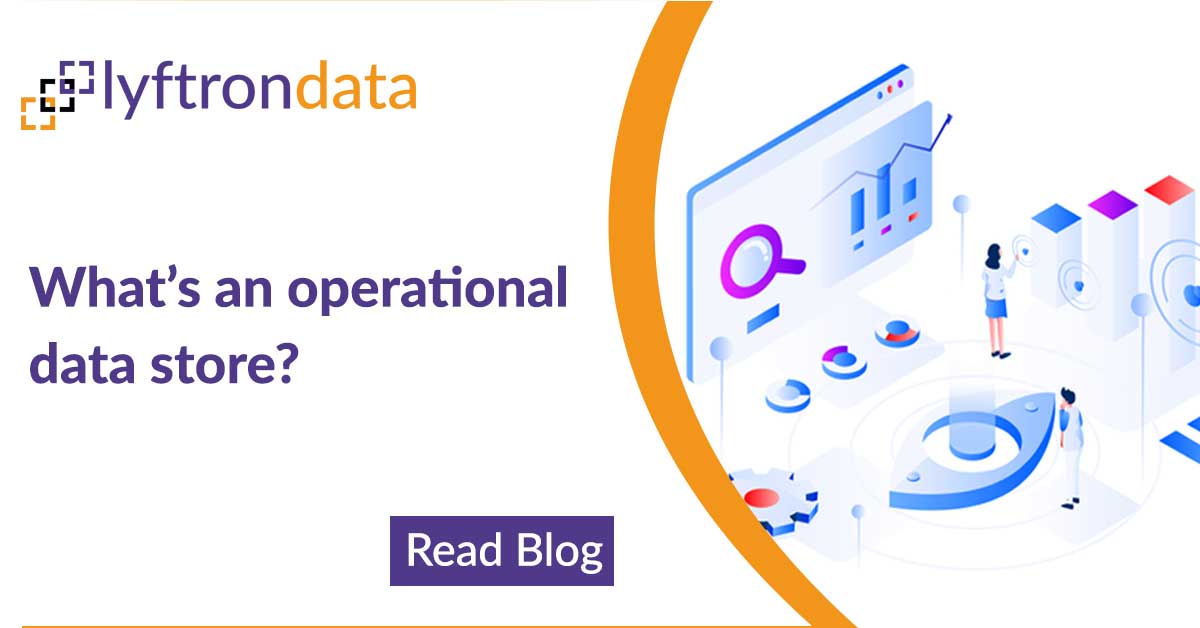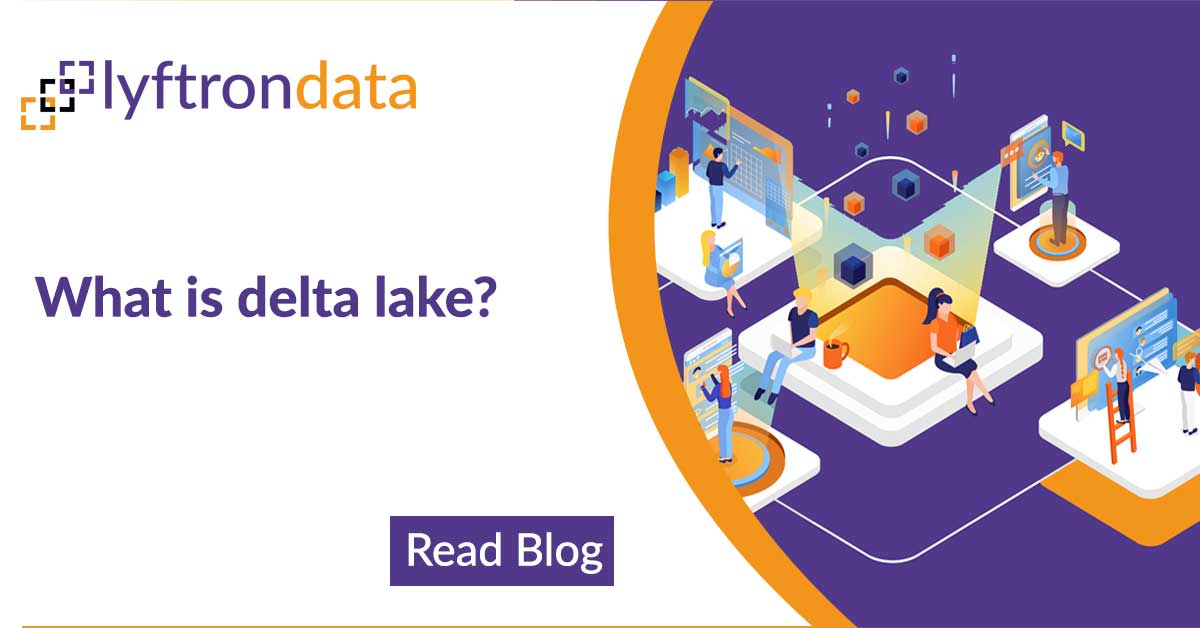

A database that combines data from various sources in order to perform extra operations on the data. The ODS is then often used as the source of data for the enterprise data warehouse (EDW). An ODS is generally used for operational reporting and transaction processing, while an EDW is suited for strategic business decisions.
An operational data store (ODS) is a database that combines data from many sources in order to perform different operations on the data for reporting, controls, and operational decision support. It differs from an operational production system in that its focus is on non-transactional operations. It differs from a data warehouse in that its focus is not primarily on business intelligence. Instead, its purpose is to provide access to a consistent copy of transaction data specifically for query and analysis. An ODS typically contains the most recent copy of transaction data but does not necessarily include all of the histories about particular transactions.
An ODS is a repository for a variety of operational data. It often contains data extracted from the source systems such as ERP, CRM, or SCM systems. It may also contain data derived from other sources such as relational databases and flat files. Analysis phase starting: after getting initial data we will check it and clean redundancy, use business rules to fill out missing values, and check if the data are conform to some specific business definition.
An operational data store (ODS) is a database used to store current operational data that are extracted from a variety of sources system in an organization. The sources may include operational databases such as production or inventory systems, or it may include data feeds from external sources.
Operational Data Stores (ODS) are used to combine information from diverse sources into a single database. Data is integrated using data virtualization, data federation, or extract, transform, and load (ETL) in operational data storage so that the information can be used for operational reporting, master data, or reference data management.
An operational data store (ODS) is a “staging area” that holds the most up-to-date and often changing data that must be available for operational reporting and analysis before being integrated into the enterprise data warehouse. It is not intended to be a replacement or substitute for a data warehouse or data hub, although it may become one.
For operational reporting, an operational data store (ODS) is a central database that offers a snapshot of the most recent data from several transactional systems. It enables enterprises to aggregate data in its original format from a variety of sources into a single location for business reporting. Organizations can improve operational reporting by sharing information in real-time with other business systems and applications through real-time integration. An ODS increases the quality and timeliness of decision-making inside an organization and provides users with a regular supply of current information. An ODS is a data source that integrates information from a multitude of heterogeneous data sources to make operational reporting easier. Although this function is quite similar to that of a Data Warehouse, it serves a different purpose. As a result, when someone mentions an ODS, they’re typically talking about corporate business applications and reporting, instead of analytic or strategic reporting.
The Operational Data Store (ODS) is a database that allows you to combine data from many sources and perform extra actions on it. Different business units can use the ODS in conjunction with their local databases because it is a unique, centrally located, and managed data source for the corporation. Often, one or more of an organization’s legacy applications serve as a system (or systems) of record. Because these systems store corporate sensitive information and provide important services to other applications, access to them must be strictly controlled and may be severely restricted.
Make better and quicker data migration decision
Structure of ODS
ODS Table
Benefits of ODS
Lyftrondata for Operational Data Store
Lyftrondata empowers users to build future-based modern data apps that meet or surpass expectations. Stop wasting huge time and money on low-performance applications – use modern infrastructure that supports BI, IoT, and machine learning.
Lyftrondata’s technology combines the columnar data pipeline process with modern data warehouse architecture that enables enterprises to build applications for the future with ease. Gone are the days when enterprises needed to write custom and complex code just to parse the data from various APIs, like Salesforce, Shopify, eBay, Amazon, Google Analytics. Lyftrondata automatically converts API to relational formats and makes it available in the cloud database, accelerating the applications development process by 75%. Skip the worry to code the complex API and simply build data apps using the language of your choice like Python, Node.js, Go, .NET, Java, and more.
Lyftrondata empowers enterprises to build massive-scale applications without operational burdens. Lyftrondata’s columnar architecture is designed to power applications with no limitations on performance, concurrency, or scale. Trusted by fast-growing data-driven companies, Lyftrondata handles all the infrastructure complexity, so you can focus on innovating your own application without worrying about reinventing the wheel.








